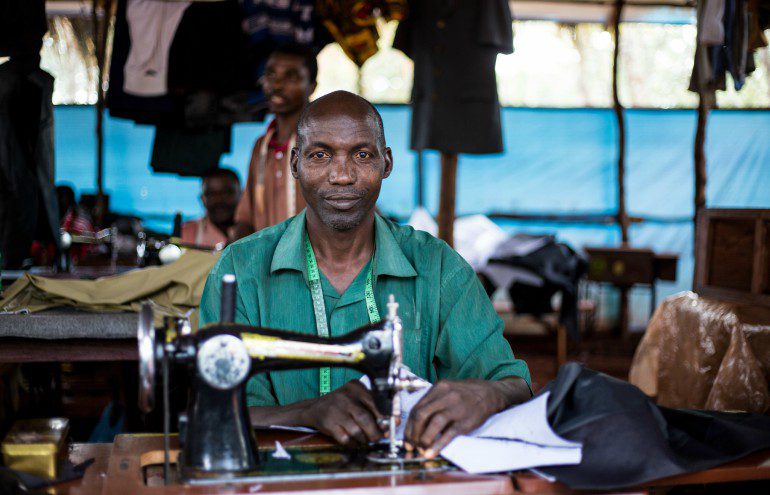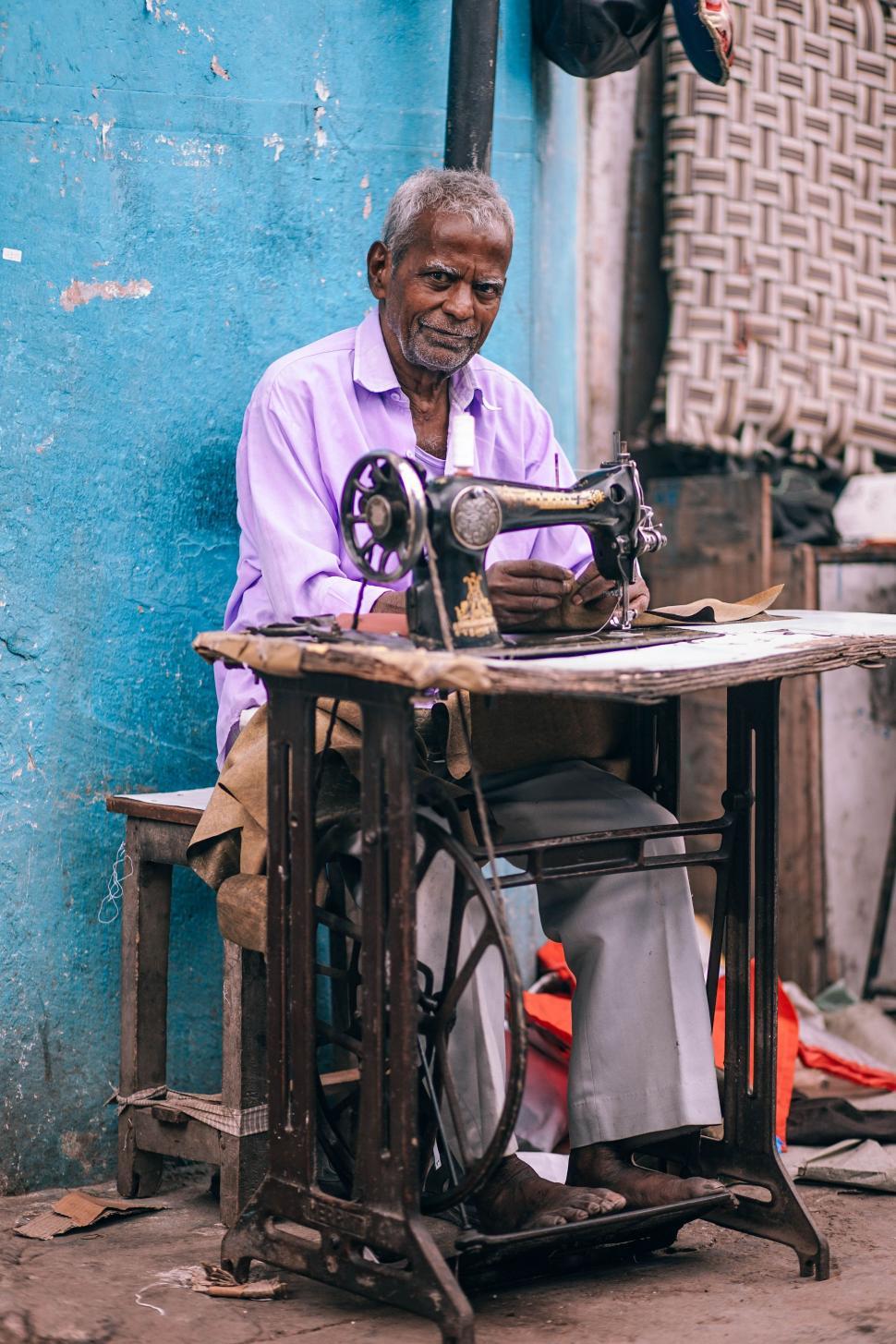Find the very best Tailor Perth: Costs Tailoring for Distinct Style
Find the very best Tailor Perth: Costs Tailoring for Distinct Style
Blog Article
Recognizing the Tailoring Refine: From Textile Choice to Final Suitable for the Ideal Closet
The tailoring procedure is a complicated interaction of art and science, beginning with the vital decision of textile choice and culminating in the accurate adjustments of last installations. Each textile kind brings special qualities that influence not only the visual charm yet also the garment's durability and viability for different events.
Value of Textile Selection
Choosing the right textile is critical in the tailoring procedure, as it straight affects the convenience, sturdiness, and total aesthetic of the last garment (tailor perth). The choice of material sets the structure for the garment's performance, style, and functionality. Different materials have unique residential properties, such as stretch, weight, and breathability, which can considerably affect just how the garment drapes and fits the body
Furthermore, material choice affects the garment's longevity and simplicity of treatment. High-grade materials can endure damage, keeping their appearance and framework gradually, while lower-quality products might bring about pilling or fading. In addition, the right fabric contributes to the garment's ability to shift throughout periods and events, therefore enhancing adaptability.
A tailored item made from an ideal textile not only showcases workmanship yet additionally raises the wearer's confidence. Consequently, comprehending the nuances of textile choice is extremely important for any customizing undertaking. It makes sure that the end product not only meets the visual desires of the client but also straightens with useful demands, thus accomplishing an unified equilibrium between type and function in the tailored wardrobe.
Kinds Of Fabrics and Their Usages
Comprehending the various kinds of fabrics available is important for making informed decisions during the customizing process. Each material possesses unique characteristics that dictate its viability for specific garments and events.
Its versatility enables it to be tailored into whatever from shirts to outfits. Its natural elasticity aids garments maintain shape over time.
Silk exudes deluxe and is light-weight, making it best for eveningwear and delicate blouses; however, it calls for cautious handling because of its fragility. Bed linen, with its textured finish, is a prominent option for cozy environments, offering a crisp and airy feel, yet it wrinkles conveniently, which may influence the garment's look.
Synthetic materials, such as polyester and nylon, offer longevity and resistance to wrinkles, making them appropriate for day-to-day wear and active clothes. Recognizing these fabric types and their buildings allows for better decision-making, guaranteeing that each tailored piece not just fits well however additionally lines up with the desired objective and occasion.
The Tailoring Techniques Clarified
The art of tailoring counts on a selection of strategies that transform fabric right into well-fitted garments. Central to this process is pattern drafting, where a tailor produces layouts based upon the client's dimensions and preferred design. This initial action makes certain that the garment will certainly fit the user properly before any type of reducing happens.
As soon as patterns are developed, cutting strategies come into play. Precision is critical as inaccuracies can result in misfitting garments. Tailors typically use various reducing methods, such as single-layer reducing for complex layouts and multiple-layer cutting for performance on conventional patterns.
Basting is another necessary strategy, permitting tailors to momentarily stitch textile pieces together for a preliminary installation. This method uses the opportunity to examine the drape and general silhouette prior to final sewing.
Seaming techniques, consisting see this of french joints and flat-felled seams, boost the garment's resilience and visual allure. Tailors additionally employ techniques such as interfacing and extra padding to supply structure and form to certain areas, like collars and shoulders.
Finally, finishing methods, including hemming and side ending up, make certain the garment's longevity while supplying a polished look. Together, these methods create the backbone of efficient tailoring, resulting in charming, custom-fit garments.
Fitting Adjustments and Considerations

Key considerations include the shoulder fit, which needs to neither droop neither limit activity, and the sleeve size, which must enable comfy arm activity while keeping a sleek appearance. Furthermore, changes at the midsection can improve the silhouette, with choices to allow out or absorb material as required.
The rise of pants is one more essential aspect; it should sit conveniently above the hips without causing pain, enabling simplicity of motion. Hemming lengths for both trousers and skirts need to mirror the wearer's recommended style while valuing proportions.

Maintaining Your Tailored Apparel
Constantly adhere to the care label directions, which might recommend completely dry cleaning for fragile fabrics or maker washing for even more sturdy products. Avoid frequent laundering, as this can use down the fabric and alter the garment's form.
Storage is equally vital; use cushioned wall mounts for coats and layers to maintain shoulder framework, and shop trousers folded neatly or hung to prevent creasing. Protect garments from straight sunlight, which can fade shades and damages fibers.
Additionally, routine evaluations for small repair services can stop larger problems. Inspect for loosened switches, tearing joints, or indicators of moth damages, resolving these issues promptly to keep the garment's honesty.
Lastly, consider seasonal rotation. Using customized pieces in moderation permits textiles to recover, expanding their lifespan. By executing these upkeep techniques, you can make sure that your customized garments continue to be as pristine as the day you first wore top article them, enhancing your ideal wardrobe for many years to come.
Conclusion
The tailoring procedure, encompassing fabric option, skilled strategies, and specific fitting modifications, plays a critical function in producing garments that boost both comfort and style. Each phase adds to the total effectiveness of the final product, making sure that garments not only fits well yet also mirrors individual identification. Moreover, understanding the relevance of maintenance expands the life of customized garments, strengthening their value in a well-curated wardrobe. A comprehensive method to customizing culminates in a certain and refined appearance.
Choosing the appropriate fabric is important in the tailoring procedure, as it directly influences the convenience, durability, and general aesthetic of the last garment. The option of material sets the structure for the garment's style, efficiency, and functionality. Different materials have unique residential or commercial properties, such as breathability, stretch, and weight, which can substantially affect just how the garment drapes and fits the body.
The art of tailoring counts on a variety of techniques that transform textile right into well-fitted garments.The customizing procedure, incorporating fabric choice, competent strategies, and accurate fitting adjustments, plays a crucial duty in developing garments that improve both convenience and style.
Report this page